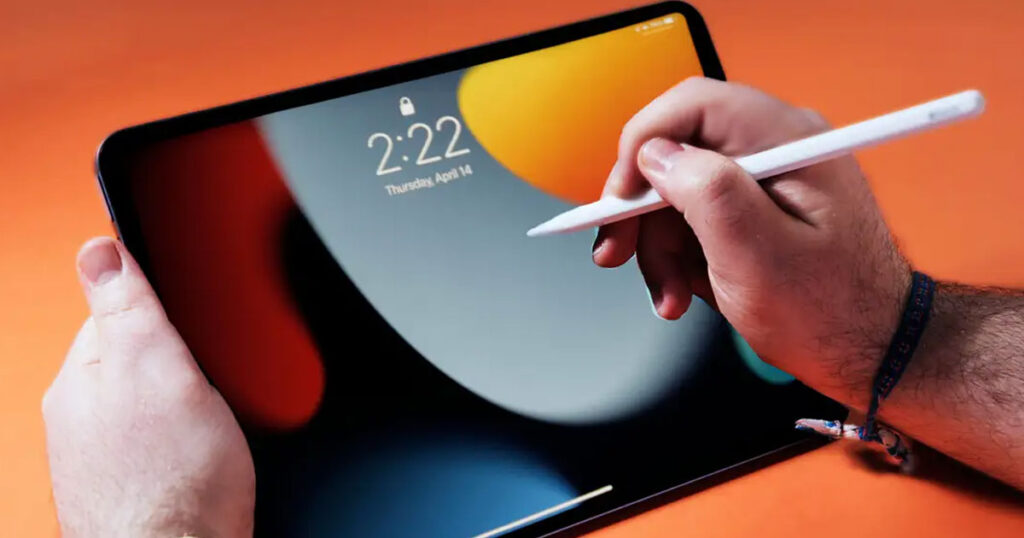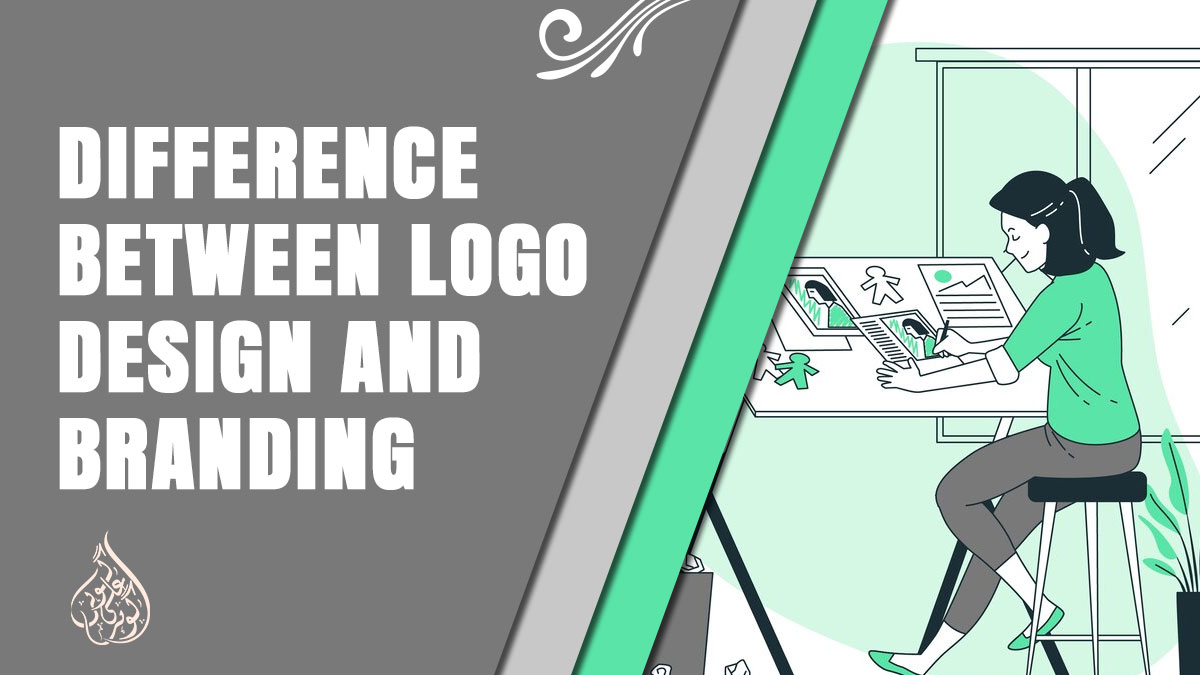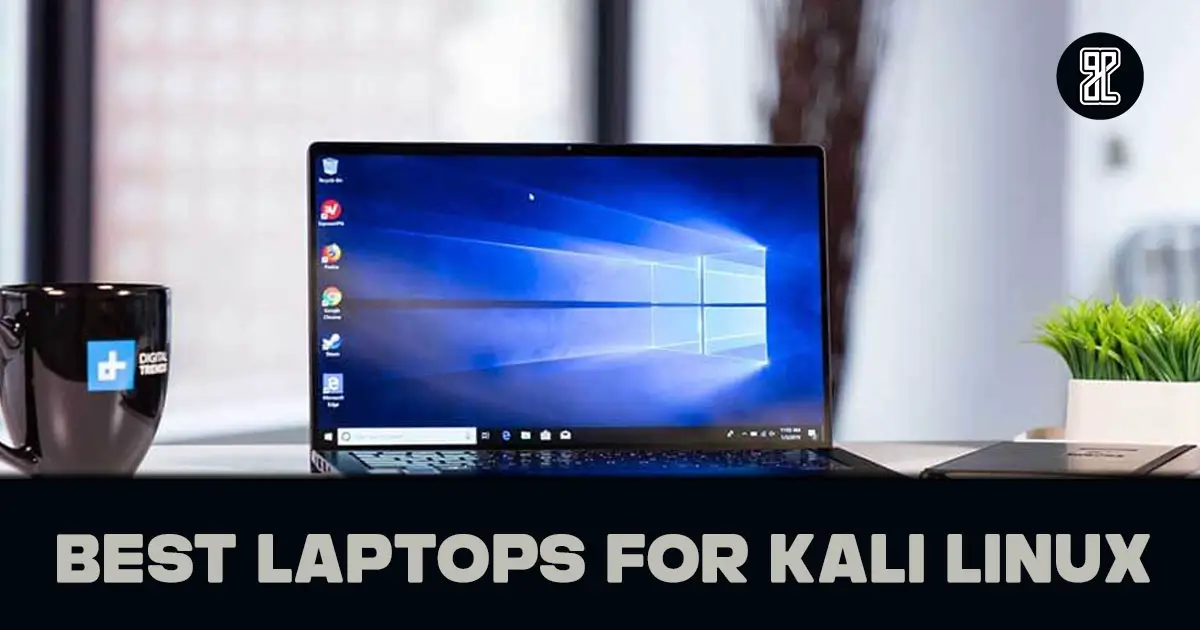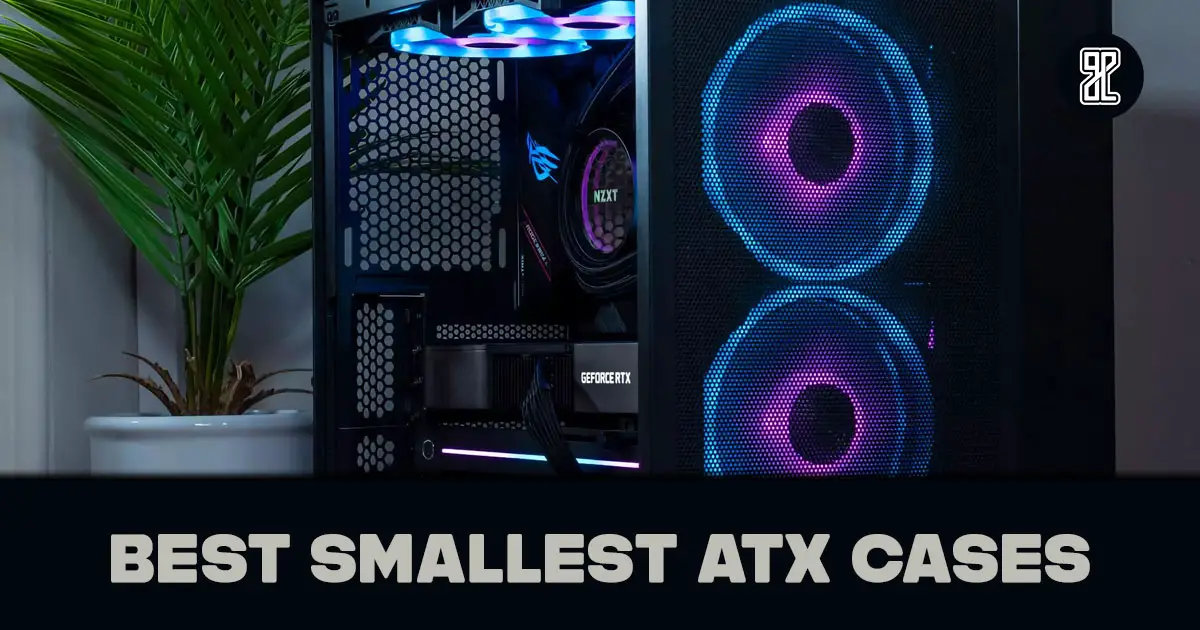What Is the Difference Between an iPad and a Tablet?
In the vast world of portable computing devices, the terms “iPad” and “tablet” often get used interchangeably, but they are not exactly synonymous. Understanding the distinctions between these two can greatly aid in making an informed decision when it comes to purchasing a device that suits your needs and preferences. In this blog post, we will unravel the differences between an iPad and a tablet, shedding light on the unique features and functionalities that set them apart.
What is a Tablet?

A tablet is a portable computing device that typically features a touchscreen interface and is designed to be held in the hands. It’s a versatile gadget that has gained immense popularity due to its compact size, ease of use, and functionality. Tablets usually come with a wide range of features, including internet connectivity, email access, app support, and multimedia capabilities, making them suitable for various tasks.
Key Features of a Tablet:
1. Touchscreen Interface
The hallmark of a tablet is its touchscreen, which allows users to interact directly with the device by tapping, swiping, or using gestures.
2. Portability
Tablets are designed to be lightweight and portable, making them easy to carry around, whether for work or leisure.
3. Internet Connectivity
Most tablets are equipped with Wi-Fi or cellular connectivity, enabling users to browse the internet and stay connected on the go.
4. Application Support
Tablets have an extensive range of applications (apps) available through platforms like Apple App Store or Google Play Store, allowing users to customize their device according to their needs.
5. Multimedia Capabilities
Tablets are proficient in handling multimedia content, including videos, music, e-books, and games, providing a rich entertainment experience.
6. Productivity Tools
Many tablets come with productivity tools like word processors, spreadsheets, and note-taking apps, enabling users to work efficiently.
Operating Systems on Tablets:
Tablets operate on various operating systems (OS), with the two primary contenders being Apple’s iOS and Google’s Android OS. Apple’s iOS is exclusive to iPads, known for its user-friendly interface, smooth performance, and strong security features. Android OS, on the other hand, is used by a multitude of tablet manufacturers, offering a broader range of customization options and app choices.
In summary, a tablet is a compact, touchscreen device designed for convenience and versatility, offering an array of features to cater to diverse user needs and preferences.
What is an iPad?

An iPad is a line of tablet devices created and marketed by Apple Inc. It was first introduced in April 2010 and has since then evolved into various models, each offering specific features and functionalities. The iPad runs on a proprietary operating system called iOS, which is developed exclusively by Apple and is known for its seamless performance and intuitive interface.
Key Features of an iPad:
1. iOS Operating System
iPads operate on iOS, Apple’s proprietary mobile operating system, designed to provide a secure and user-friendly experience. The OS is optimized for the hardware, ensuring smooth performance.
2. High-Quality Build and Display
iPads are known for their premium build quality, featuring high-resolution Retina displays that deliver crisp visuals and vibrant colors, enhancing the user experience.
3. Powerful Performance
iPads are equipped with powerful processors, ensuring fast and efficient performance, whether you’re browsing the web, running applications, or playing games.
4. Ecosystem Integration
Being part of the Apple ecosystem, iPads seamlessly integrate with other Apple devices like iPhones and Macs, allowing for easy sharing of data and continuity in tasks.
5. Rich App Ecosystem
The Apple App Store offers a vast array of applications specifically designed for iPads, ensuring that users have access to high-quality and optimized apps for various purposes.
6. Wide Range of Models
iPads come in different models and sizes, catering to diverse user preferences and needs, from the compact iPad Mini to the larger iPad Pro, each with its unique set of features.
7. Apple Pencil and Keyboard Support
iPads support the Apple Pencil, enhancing creative capabilities, and can be paired with keyboards, effectively turning the iPad into a laptop replacement for productivity tasks.
Apple’s commitment to innovation and user experience has ensured that the iPad remains a leader in the tablet market. Its combination of hardware excellence, intuitive software, and a rich app ecosystem makes it a popular choice for both personal and professional use.
Also read: Do Tablets Have Hard Drives?
Major Difference Between an iPad and a Tablet
Tablets and iPads, though similar in many ways, have distinct differences that set them apart. Understanding these differences can help individuals make an informed choice based on their specific requirements and preferences.
1. Operating System:
- Tablets: Tablets use a variety of operating systems, including Android, iOS, Windows, and others. Android tablets are widely used and offer a high level of customization, while Windows tablets are preferred for their productivity features.
- iPads: iPads exclusively use iOS, Apple’s proprietary operating system. iOS is known for its smooth performance, security, and seamless integration within the Apple ecosystem.
2. Hardware and Build:
- Tablets: Tablets come in a wide range of hardware specifications and build qualities, varying across different manufacturers. The hardware can range from basic to high-end, and the build can vary from plastic to metal or glass designs.
- iPads: iPads are known for their high-quality build, using premium materials like aluminum. The hardware is specifically designed and optimized to work efficiently with iOS, ensuring a smooth and cohesive user experience.
3. App Ecosystem:
- Tablets: Android tablets have access to the Google Play Store, offering a vast selection of applications. The range of apps is extensive, catering to various needs and preferences.
- iPads: iPads have access to the Apple App Store, which is known for its high-quality, curated apps. The App Store is highly regulated, ensuring apps meet certain standards of quality and security.
4. Integration and Ecosystem:
- Tablets: The integration and compatibility of Android tablets with other devices may vary based on the manufacturer and the operating system version. They often have a more open ecosystem.
- iPads: iPads are tightly integrated into the Apple ecosystem, seamlessly working with iPhones, Macs, and other Apple devices. This integration enhances the user experience and simplifies device connectivity.
5. User Interface and User Experience:
- Tablets: The user interface on tablets can vary significantly based on the operating system and manufacturer’s customizations. It offers a broad range of customization options.
- iPads: The iOS user interface on iPads is consistent and intuitive across all devices. It is designed to be user-friendly and straightforward, ensuring a smooth user experience.
Understanding these differences can assist users in choosing the device that aligns with their preferences, whether it’s the level of customization, app availability, build quality, or integration within a specific ecosystem.
| Aspect | Tablets | iPads |
|---|---|---|
| Operating System | Android, iOS, Windows, and others | iOS |
| Hardware and Build | Wide range of hardware and build qualities | High-quality build with premium materials, often aluminum |
| App Ecosystem | Google Play Store with a vast array of applications | Apple App Store with curated, high-quality applications |
| Integration and Ecosystem | Varies based on manufacturer and operating system version | Tightly integrated into the Apple ecosystem, seamless connectivity |
| User Interface and Experience | Varied UI based on the operating system and manufacturer | Consistent, intuitive UI across all devices, user-friendly experience |
| Customization | High level of customization options | Limited customization compared to Android |
Comparison of Operating Systems: iOS vs Android
Two dominant operating systems, iOS by Apple Inc. and Android by Google, power a majority of today’s tablets. Understanding the differences between these operating systems is essential when choosing a tablet or iPad, as they significantly influence the device’s user experience, app availability, security, and customization options.
1. User Interface and Design
- iOS: iOS is known for its polished and consistent user interface. The design is sleek, intuitive, and offers a seamless user experience across all Apple devices.
- Android: Android provides a more customizable user interface. Users can personalize the look and feel of the device to a greater extent, allowing for a tailored experience.
2. App Availability and Quality
- iOS: The Apple App Store is renowned for its high-quality, curated apps. Developers often prioritize iOS due to its lucrative market and consistent user base, resulting in a wide range of optimized applications.
- Android: The Google Play Store has a larger number of apps, offering a broader variety. However, app quality may vary, and the level of optimization across devices can be inconsistent.
3. Customization and Flexibility
- iOS: iOS has limited customization options compared to Android. The user interface and settings are standardized, providing a more controlled experience.
- Android: Android offers extensive customization options, allowing users to modify the home screen, use third-party launchers, and personalize settings to suit their preferences.
4. Integration and Ecosystem
- iOS: iOS is closely integrated into the Apple ecosystem. It synchronizes effortlessly with other Apple devices, providing a seamless experience for users within the ecosystem.
- Android: Android offers integration with Google services and various third-party apps, providing a more open ecosystem with a wider range of compatibility.
5. Security and Privacy
- iOS: iOS is often considered more secure due to its closed environment and stringent app review process. Apple prioritizes user privacy and regularly updates its security measures.
- Android: While Android has improved its security measures over the years, the open nature of the platform can make it more susceptible to security risks. However, Google continues to enhance security features.
Understanding the distinctions between iOS and Android operating systems is crucial in choosing a device that aligns with your preferences, whether you prioritize a consistent user interface, extensive customization, app quality, or ecosystem integration.
Considerations When Choosing Between a Tablet and an iPad
The decision to choose between a tablet and an iPad depends on various factors, including your preferences, needs, and the specific features you value in a device. Here are important considerations to guide you in making an informed choice:
1. Budget
- Determine your budget and financial constraints. iPads tend to be higher in price compared to many Android tablets. Consider what features and specifications align with your budget.
2. Operating System Preference
- Decide whether you prefer the iOS ecosystem or the Android ecosystem. If you already own devices from a specific brand, the integration and continuity offered within that ecosystem might influence your decision.
3. Intended Use
- Consider how you plan to use the device. Are you primarily using it for entertainment, productivity, creativity, or a mix of all? iPads, especially the iPad Pro, cater well to professional needs, including design and multimedia work.
4. App Availability
- Think about the applications you need. Check the availability and quality of applications on both iOS and Android platforms. Certain specialized apps might be available only on one platform.
5. Design and Build
- Consider the design and build quality that suits your preferences. iPads are known for their premium build, but some Android tablets offer similar quality at a lower price.
6. Performance and Specifications
- Evaluate the specifications, processing power, RAM, and storage options. If you require a high-performance device, you might lean towards an iPad, especially the iPad Pro.
7. Accessory Compatibility
- Consider the availability and compatibility of accessories like stylus pens, keyboards, and cases. iPads have a wide range of accessories designed to enhance productivity and creativity.
8. Size and Portability
- Think about the size and portability you need. iPads come in various sizes, including the compact iPad Mini and the larger iPad Pro, providing options based on your mobility requirements.
9. Brand Loyalty
- If you have a preference for a specific brand due to previous positive experiences, consider sticking with that brand for a seamless user experience.
10. Long-Term Use and Updates
- Consider the longevity and software support provided. Apple tends to offer longer software updates for iPads compared to many Android tablets.
Considering these factors will help you align your needs and preferences with the device that suits you best, whether it’s a tablet or an iPad.
Conclusion
Navigating the world of portable computing devices can be an exciting yet overwhelming experience, especially when deciding between a tablet and an iPad. Both offer unique features and functionalities that cater to a wide array of user preferences and requirements. In this guide, we’ve shed light on the essential differences, considerations, and factors to help you make a well-informed decision.
Tablets, with their diverse range of hardware and operating systems, provide customization options and cater to various budgets. On the other hand, iPads, known for their exceptional build quality and seamless iOS integration, offer a premium user experience. Your choice ultimately depends on your budget, intended use, operating system preference, and the features you prioritize.
Whether you opt for the sleek design and seamless ecosystem of an iPad or the customization options and broad range of choices in the tablet market, remember that both options offer a gateway to a world of digital possibilities. Choose the device that aligns with your lifestyle, needs, and aspirations.
As technology continues to evolve, both tablets and iPads will undoubtedly advance in capabilities, providing users with even more exciting features and opportunities. Stay informed, keep exploring, and may your digital endeavors be ever fruitful.



